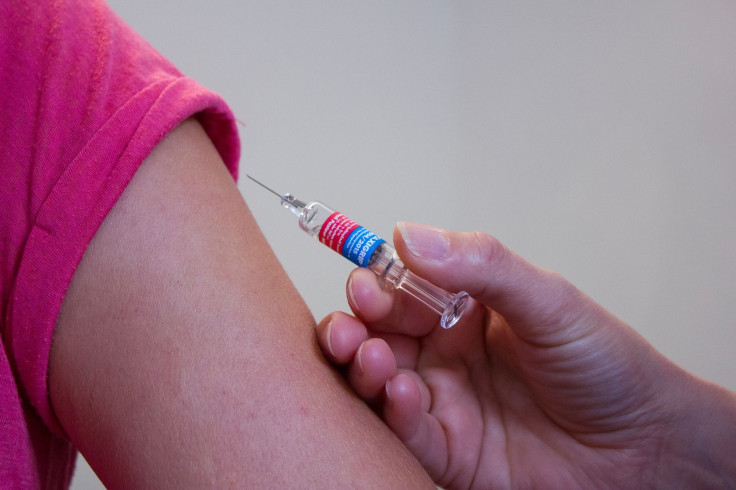End Of COVID-19 Pandemic Could Happen In 2022, Experts Say
KEY POINTS
- A health expert says the pandemic could end if there is adequate access to vaccines and health care
- Daily COVID-19 cases have dropped to over 720,000 from last week's 807,000
- Infection rates are still high in some areas of the United States
Several health experts believe that the COVID-19 pandemic could see a turning point this year, with people being able to go back to a semblance of life before the pandemic began.
Dr. Tom Frieden, former director of the U.S. Centers for Disease Control and Prevention and current CEO and president of Resolve to Save Lives, said the end of the pandemic is in sight, but only if “we do it right.”
“We're going to have a 2022 in which Covid doesn't dominate our lives so much," Frieden told CNN.
Dr. John Swartzberg, an expert in infectious diseases and vaccinology and clinical professor emeritus at the University of California, Berkeley's School of Public Health, also said he hopes Omicron COVID-19 cases would peak in the U.S. as they did in South Africa and the United Kingdom.
"It will be about the middle of February before we start to really see that things are getting better," Swartzberg told CNN.
The experts’ remarks echoed that of WHO Health Emergencies Programme’s executive director Michael Ryan who noted that ending the pandemic would only happen if there is adequate access to COVID-19 vaccines and health care.
"We won't end the virus this year, we won't ever end the virus — what we can end is the public health emergency," Ryan told a panel via videoconference. "It won't end if we don't [address these issues], this tragedy will continue.”
Ryan added that COVID-19 is unlikely to disappear. However, he said that the number of people who get hospitalized or die of the virus could drop to low levels with maximum vaccination of the population.
COVID-19 cases caused by the highly transmissible Omicron variant are beginning to show signs of slowing in at least 14 U.S. states, with infection rates dropping by 10% Thursday [Jan. 20] compared with the week before.
The wave of cases also appears to have peaked in areas where Omicron first hit, including the District of Columbia, Florida, Delaware, Illinois, Maryland, New Mexico, New Jersey and New York.
Nationally, the country is averaging approximately 720,000 new cases each day, down from an average of 807,000 last week, an analysis by The New York Times found.
Despite the drop in national average, COVID-19 infections are still surging in some areas in the West, South and Great Plains. In Georgia, for instance, the National Guard has been deployed to help overwhelmed hospitals where many staff members have called out sick.
The U.S. has so far reported 70,699,416 coronavirus cases and 866,540 deaths, according to Johns Hopkins University data.

© Copyright IBTimes 2024. All rights reserved.






















